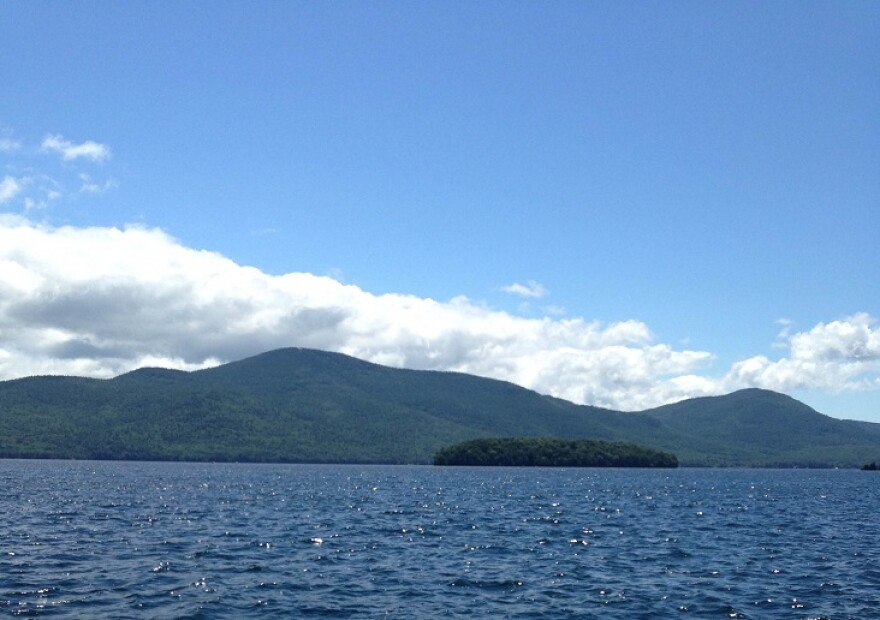A Lake George conservation organization is sharing with local communities a report that collects data about the towns and villages within the Lake George watershed. The report aims to guide local governments with information that goes beyond political boundaries.
The Lake George Association is currently meeting with municipal leaders in towns and villages throughout the Lake George Watershed.
The region itself includes 12 towns and three counties that surround the 32-mile Adirondack lake.
The Lake George Watershed Data Atlas, commissioned by the LGA with support from the Lake Champlain-Lake George Regional Planning Board, Lake George Park Commission and New York State Department of Environmental Conservation, details population, housing, land use, and infrastructure characteristics.
Lake George Association Executive Director Walt Lender said the goal was simple: collect as much information in one place about the communities in the watershed as possible.
He said information has traditionally been hard to get all at once.
“About land use, about utilities, about people’s sources water, where their septic goes from their home, how many miles of roadway there are, how many people are on municipal sewers, that sort of thing. It’s available in each town but not collected in one location for the entire watershed,” said Lender.
Until now. That’s important because while there are several towns, there’s only one lake. And what can happen at the north end in Ticonderga could potentially impact the Village of Lake George on the other end.
On Tuesday night, the LGA brought its report to the Town of Bolton.
Supervisor Ron Conover, who has a professional background in planning, was pleased to see the report.
Conover said it easily shows which communities are growing and have changed over the decades.
“Let’s take population for example. They show a 1970 population for Bolton at 1,589. They show a 2010 town population of 2,580,” said Conover.
The report can help guide communities on new property developments in an area that depends on the health and quality of the lake.
“We want to try to ensure that whatever development takes place that the impact of that development is as low as it possible can be, particularly on Lake George. But also on other areas too, on streams and rivers and that kind of thing,” said Conover.
Lender said that in the entire Lake George Watershed, there is the potential for 8,600 developments.
“So if all of those parcels actually got developed, we would actually be in a position where we would be having a negative on the watershed. All that development would degrade water quality, increase storm water, that sort of thing.”
While it’s not a certainty so many developments will happen, Lender said it is important remind local officials of the potential for development.
The Lake George Association is also reacting to the recent arrest of David Decker, director of the Lake George Watershed Coalition.
Decker is accused of funneling $69,000 from the Coalition into his own bank account and attempting to cover it up. The group cut ties with Decker after the arrest.
The Coaltion, a planning organization made up of local and state officials as well as conservation groups, has been overseeing several grants in the region.
The LGA, a Coalition member, has agreed to administrative duties for two active grants. The Lake George Park Commission takes on another two.
Again, Walt Lender.
“These grants are still in existence even though there’s no director at the Watershed Coalition right now. The grants still need to move forward, the projects need to happen, and the work of the Coaltion members needs to continue,” said Lender.



